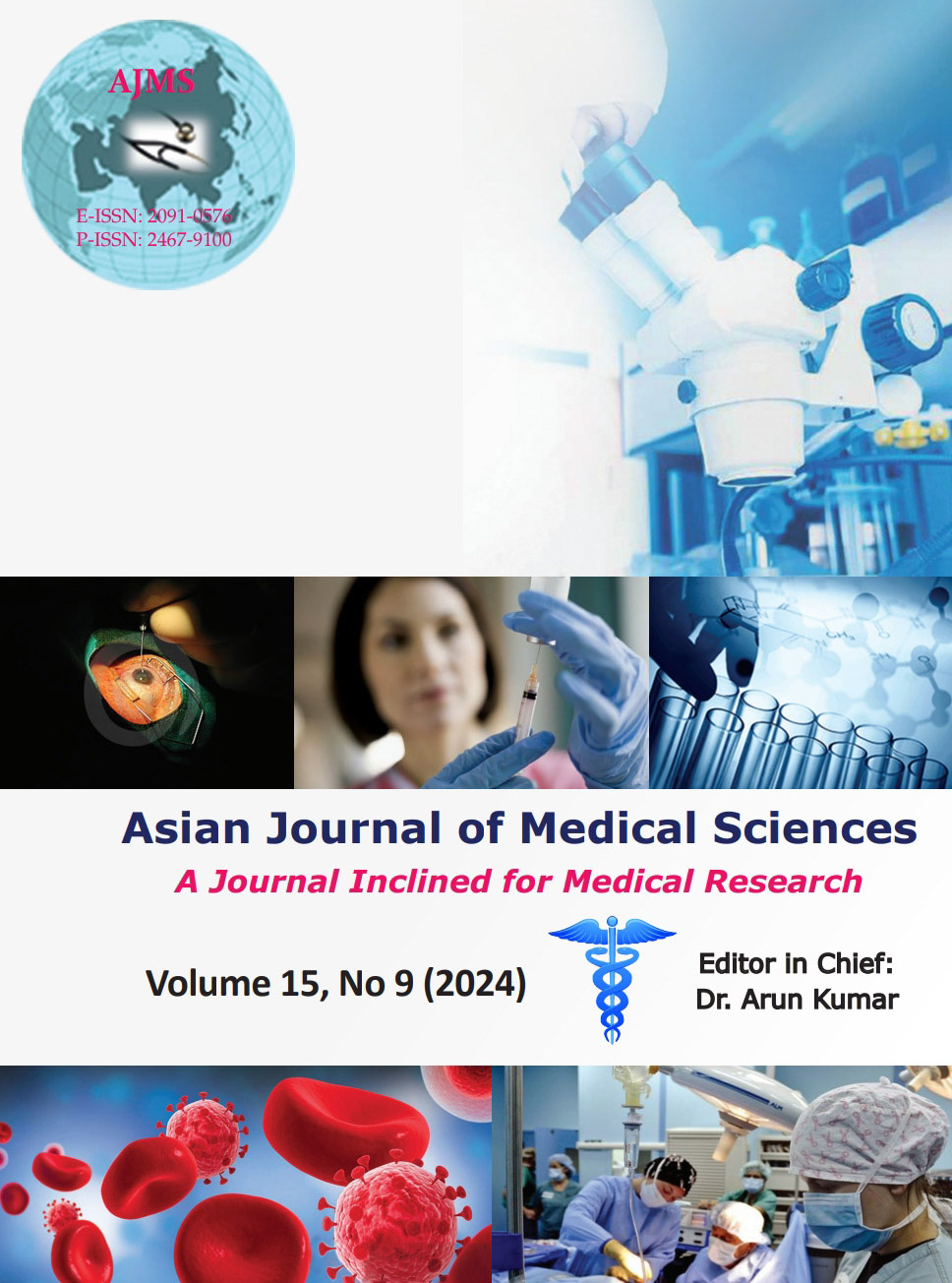A computerized tomography-based study of anatomical variations of the ethmoidal uncinate process
Keywords:
Uncinate process; Chronic rhinosinusitis; Osteomeatal complex; Functional endoscopic sinus surgeryAbstract
Background: The uncinate process is very relevant with respect to the ventilation and drainage of the frontal, maxillary and anterior ethmoid sinuses in the osteomeatal complex.
Aims and Objectives: The study was conducted with the aim to examine and assess various patterns of upper attachment of the ethmoidal uncinate process. The secondary objective of the study was to study the incidence of pneumatization of the uncinate process.
Materials and Methods: With the objective to study the various patterns of upper attachment of the uncinate process, the study was conducted at the Department of Ear, Nose, and Throat (ENT) Head and Neck Surgery, at Government Medical College, Doda, J and K, India. The period of study was from November 2020 up to November 2021. The study involved 100 patients who had presented to the ENT outpatient with nasal and or sinus-related complaints.
Results: The study included 58 males and 42 females. Among the various patterns, it was the type-2 pattern of the uncinate attachment that was the most prevalent (42%). This was followed by a type-1 pattern (attached to the lamina papyracea) (16%) and then a type-6 pattern (14%). Type-3 in 4%, type-4 in 3%, and type-5 in 7%. In 14% of the cases, there was no upper attachment of the uncinate process. The pneumatization of the uncinate process was noted among 42 of the uncinate processes that we studied. The pneumatization was unilateral in 41% and bilateral in 59% of the uncinate process. The patients with a pneumatized uncinate process had more severe clinical presentation.
Conclusions: A thorough computerized tomography scan assessment of the attachments of the uncinate process and its variations aids in minimizing damage to the related landmarks during the surgery and helps minimizing the chances of iatrogenic trauma to the nasolacrimal duct, medial orbital wall, and other surrounding structures. It can also assist in figuring out the likely cause of refractory sinusitis.
Downloads
Downloads
Published
How to Cite
Issue
Section
License
Copyright (c) 2024 Asian Journal of Medical Sciences

This work is licensed under a Creative Commons Attribution-NonCommercial 4.0 International License.
Authors who publish with this journal agree to the following terms:
- The journal holds copyright and publishes the work under a Creative Commons CC-BY-NC license that permits use, distribution and reprduction in any medium, provided the original work is properly cited and is not used for commercial purposes. The journal should be recognised as the original publisher of this work.
- Authors are able to enter into separate, additional contractual arrangements for the non-exclusive distribution of the journal's published version of the work (e.g., post it to an institutional repository or publish it in a book), with an acknowledgement of its initial publication in this journal.
- Authors are permitted and encouraged to post their work online (e.g., in institutional repositories or on their website) prior to and during the submission process, as it can lead to productive exchanges, as well as earlier and greater citation of published work (See The Effect of Open Access).




